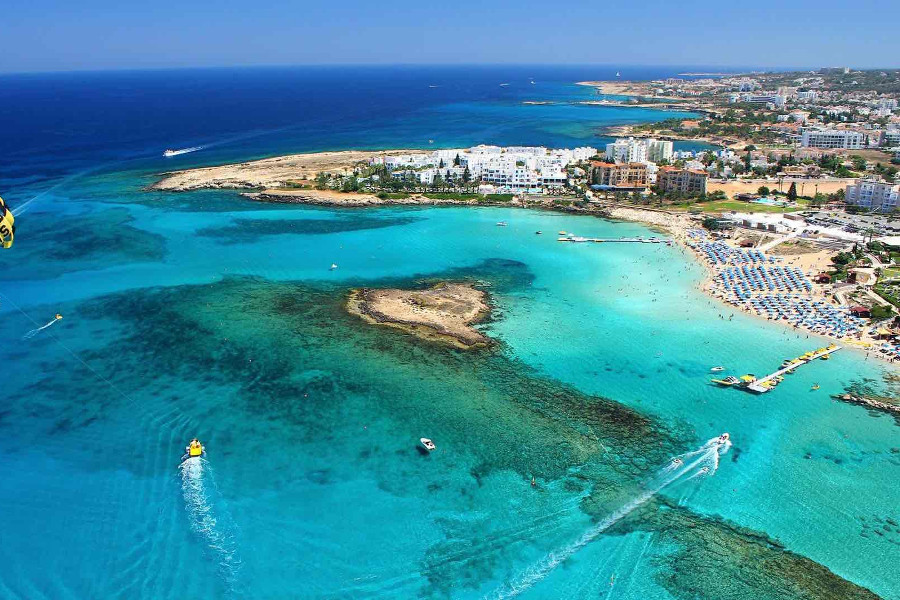About Cyprus
When planning a self-drive holiday in Cyprus, the hardest choice will be from where to begin. We at AutoTrust have prepared for you, among hundreds of choices, a small guide from places you might be interested in visiting and some tourist resorts that attract thousands of visitors every year in Cyprus.
One thing is for sure, whatever your plans and whichever the places you choose to explore, your Cyprus car rental with AutoTrust will give you the freedom to visit exciting and unique destinations countrywide while enjoying hassle-free your driving around Cyprus.
Places to visit in Cyprus
Mount Olympus (Troodos)
Adventure lovers, rejoice: the famous Mount Olympus is the highest point in Cyprus, standing at 1,952 metres (6,404 feet). It is located in the Troodos Mountains, roughly in the centre of the island, and looks over vast rugged land with the Mediterranean Sea shimmering at a distance. Use the opportunity to take landscape images of the island – but do so with caution; in summer, snakes slither across the surface in search of shade or food. Be sure to wear the right gear, bring insect repellent, and don’t wander deep into the forest away from the trails. If you decide to visit in winter, there are activities on offer such as mountain skiing.
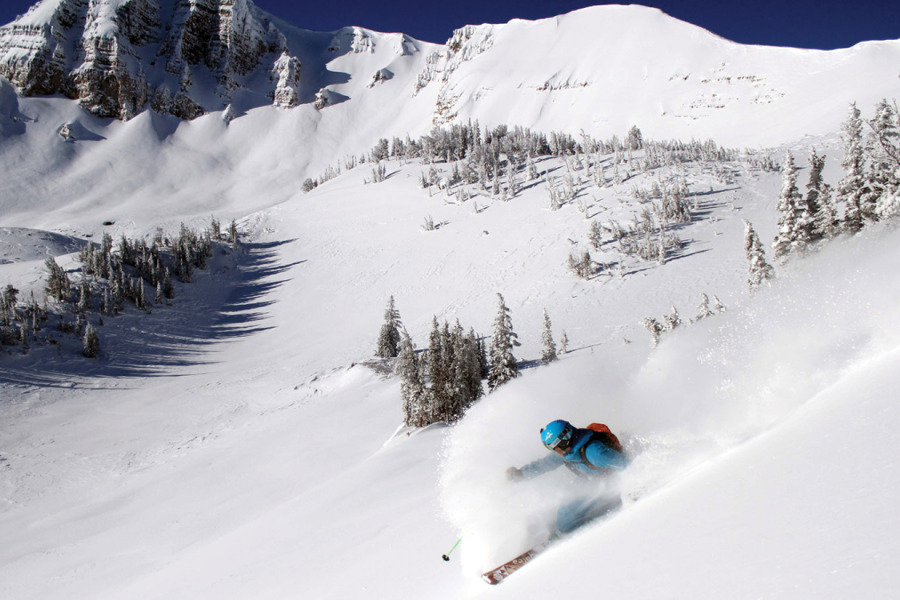
Kykkos Monastery (Troodos)
Kykkos Monastery, as it is known, was founded at the end of the 11th century with the financial sponsorship of the Byzantine emperor Alexios Komnenos (1081-1118), who took care to transfer from Constantinople to Moni the miraculous icon of Panagia Kikkotissa, one of the three, which, traditionally, was the icon-painter Lucas. Kykkos monastery is adorned with decorations and antique exhibits made from precious metals such as gold, silver, brass, and bronze. The museum found at the centre will give you an account of the pre-Christian history contained in the manuscripts and other documents. At the end of your journey, settle down with a glass of wine, before descending.
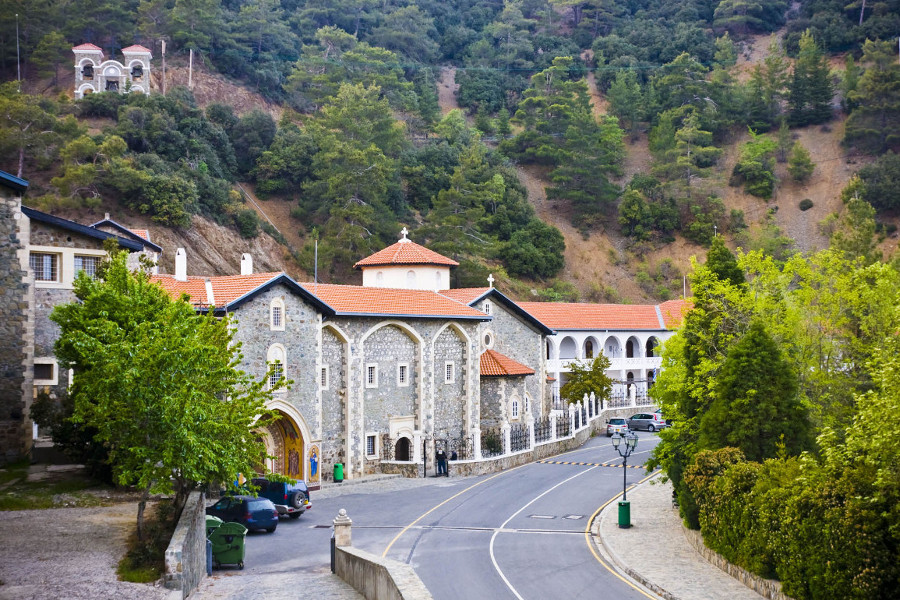
Tombs of the Kings (Paphos)
This World Heritage site, located just 2 km (1.24 miles) north of Paphos harbour, is an underground monument carved out of solid rocks dating back to the 4th century BC. From the name, you would think it was a burial ground for the kings and royal families. On the contrary, high officials were buried here. The name was inspired by the size, and splendour of the tombs. The tombs are meticulously curved into shapes. Today, locals and visitors from far and wide come to admire the grand work of the ancient stone carvers.
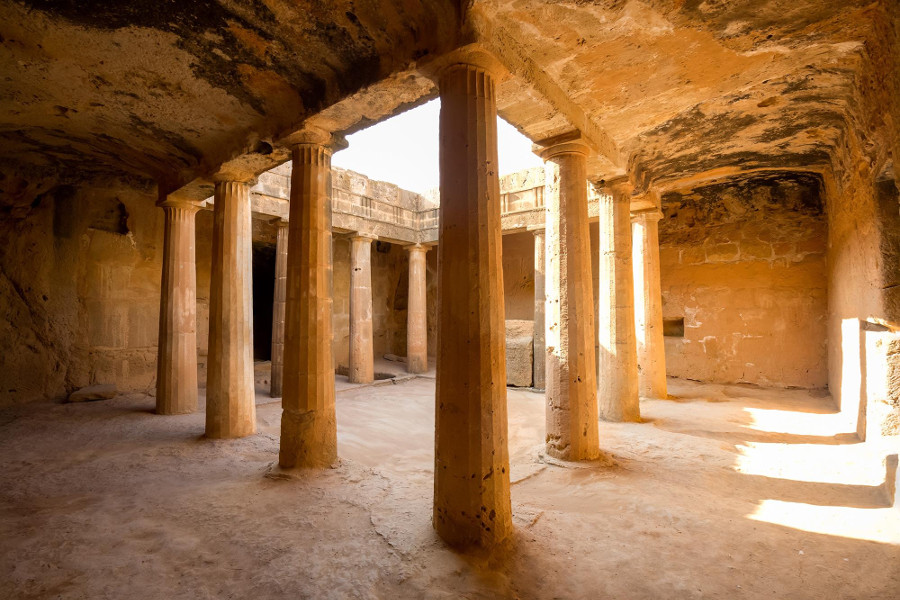
Coral Bay (Peyia, Paphos)
Boasting golden sand and shallow waters enclosed within limestone headlands, Coral Bay is one of the most striking beaches of the island. Hire a sun lounger and an umbrella and enjoy Cyprus’s sun – with its family-friendly options, those with children will find this spot fun too. Food joints and bars are strategically located within walking distance.
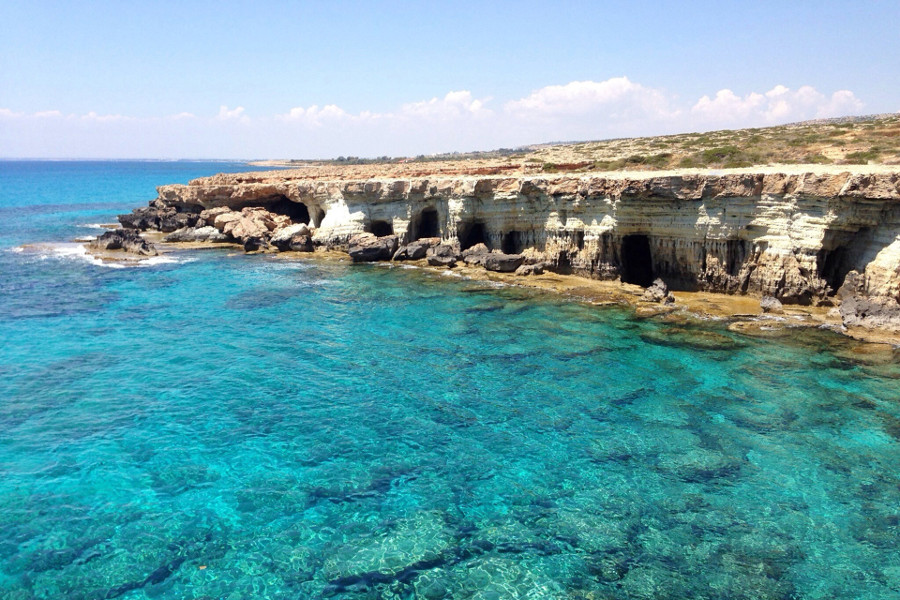
Paphos Castle (Paphos)
Standing majestically with part of its base in the sea, Paphos Castle was built as a fort to protect the harbour. Today, the building, which has seen several recreations over the years, stands proud and provides perfect backgrounds and grounds for cultural events and festivals, one of them being the Aphrodite festival which is held every September. Culture abounds in Paphos, as a result, it was picked as the European Capital of Culture in 2017. The castle is a perfect representation of the powers that controlled Cyprus at the time, and the extent each went to exert their rule on the land.
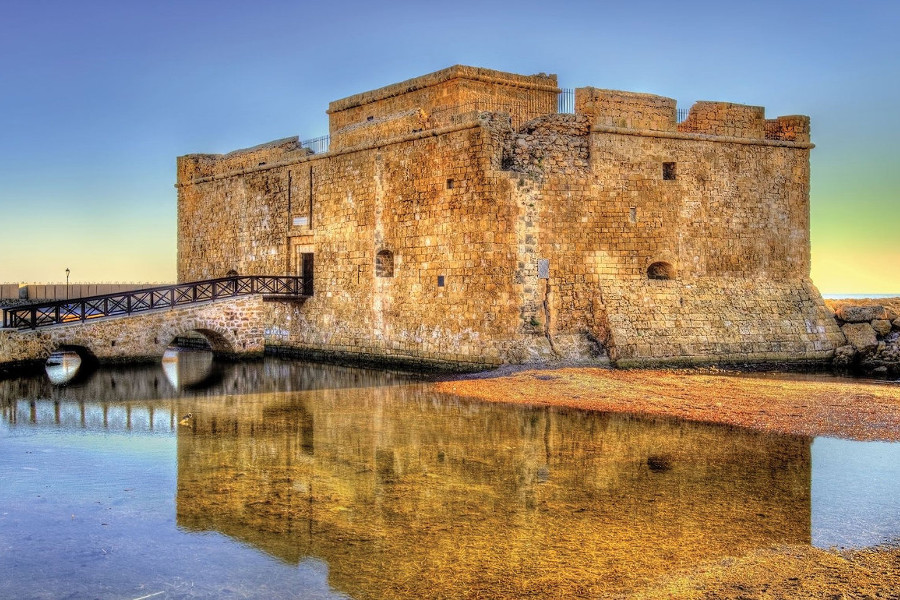
Kolossi Castle (Limassol)
Kolossi has played an important role in Cyprus’s history, with its surrounding land once used as sugarcane plantations. Today, the villages surrounding the castle are vineyards for the renowned Commandaria wine. The ruins of Kolossi include a kitchen, a sugar factory to the east of the castle, a fireplace and the castle’s main chamber. Additionally, you can extend your visit to the winery and villages to acquaint yourself with the traditional art of making Commandaria, one of the oldest named wines in the world.
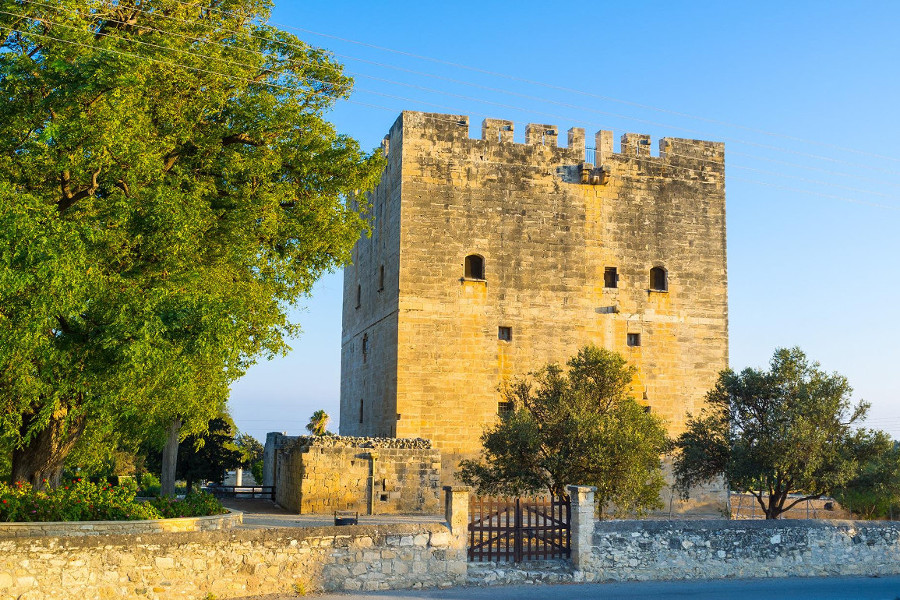
Historic & Classic Motor Museum (Limassol)
This is a must-visit attraction for classic car lovers. The museum prides itself in having a huge collection of cars with the oldest being a Ford Model T roadster from 1912. One of the valuable collections at the site is a car donated by the US government to the Cyprus President Makarios III. Make your visit memorable by hiring and tootling around the island in a classic machine – the car rental service comes with a driver. It is a wedding destination for many, and the grounds can be used for photo shoots.
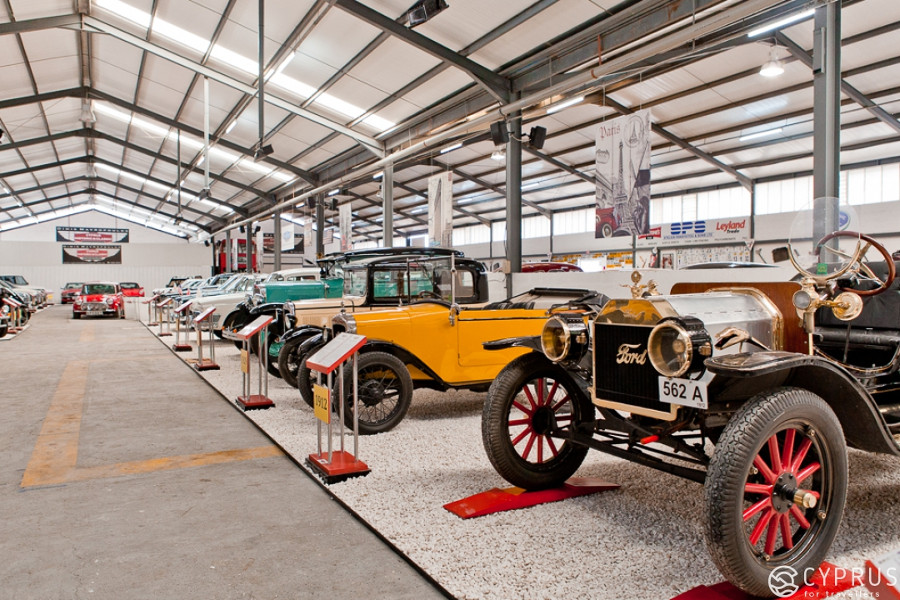
St. Lazarus Church (Larnaca)
Cyprus’s architecture holds history and enchanting culture. One of the beautiful ancient architectural buildings is the Orthodox Church of Saint Lazarus. The Ayios Lazaro church, as it is locally known, stands over the tomb of Lazarus. Its remarkable architecture and intricate interior is a representation of Byzantine handiwork in Cyprus. Every year, the Church hosts a religious procession of the saint through Larnaca, eight days before Easter. There is also the Byzantine Museum, which is just 800 metres (2,625 feet) an eight-minute walk from the church.
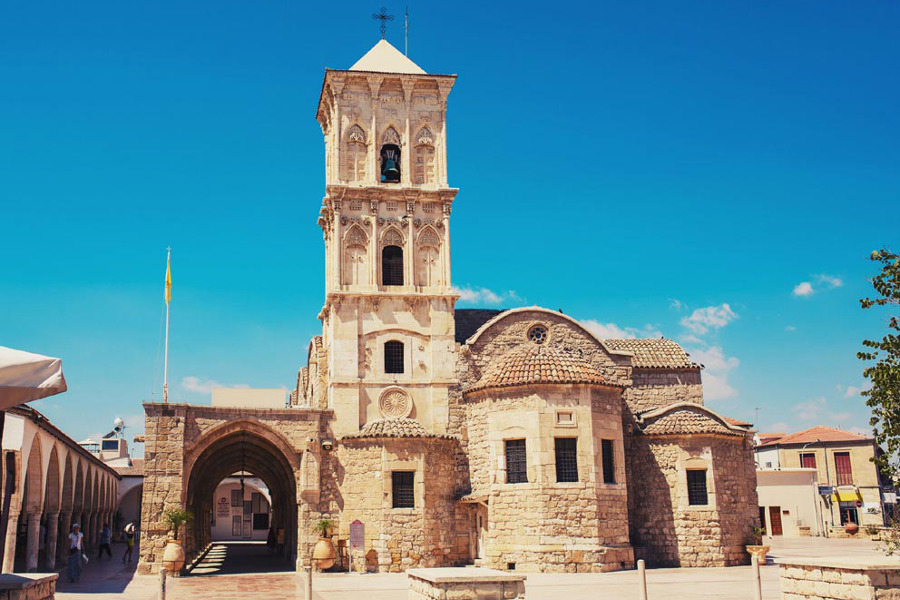
Nissi Beach (Ayia Napa)
For those evening or early morning beach walks, you have to check out Nissi beach. Boasting a 500-metre (1,640-foot) stretch covered with the finest white sand, and turquoise blue waters, you will find yourself among water skiers, windsurfers, and other water babies enjoying everything from beach volleyball to foam parties. Nissi is part of the 57 local beaches awarded the Blue Flag designation.
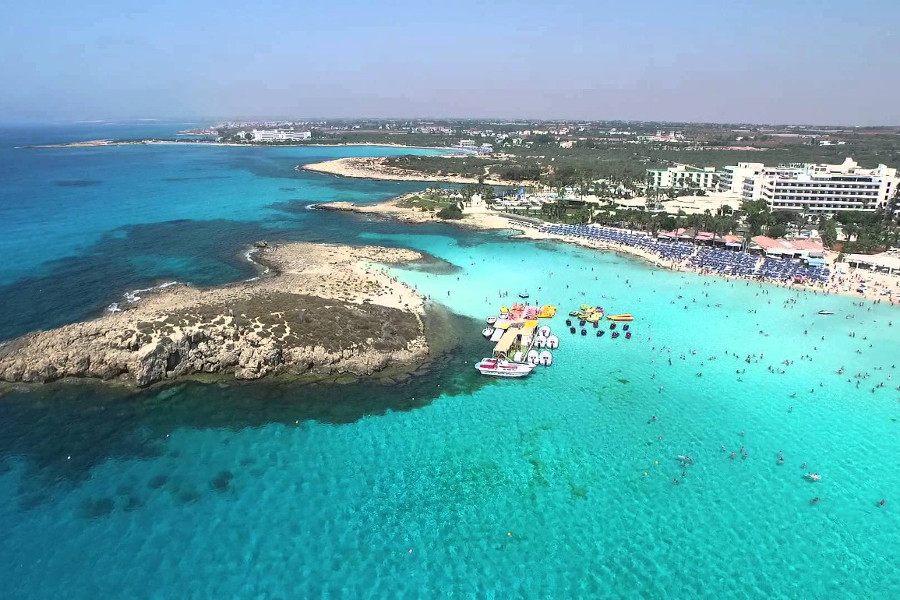
Fig Tree Bay (Protaras)
The sandy beach in Protaras is yet another Blue Flag holder with clear waters and golden sands for that perfect summer holiday. You can bask with a book in one hand and a drink in the other, or you can opt for an activity such as water skiing, parasailing or windsurfing. If you have children, rest assured that the shallow waters make it a perfect destination for families with young kids – and the picture-perfect paddling pools will keep your children engaged throughout.
